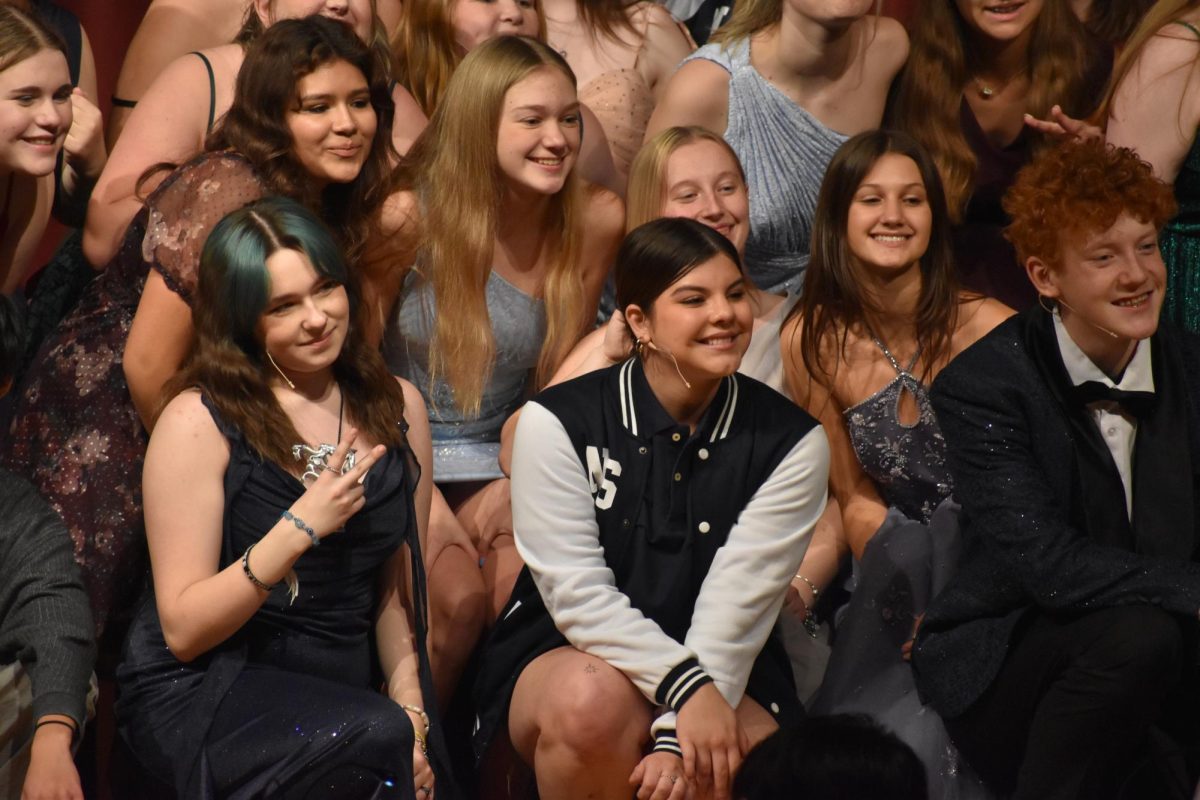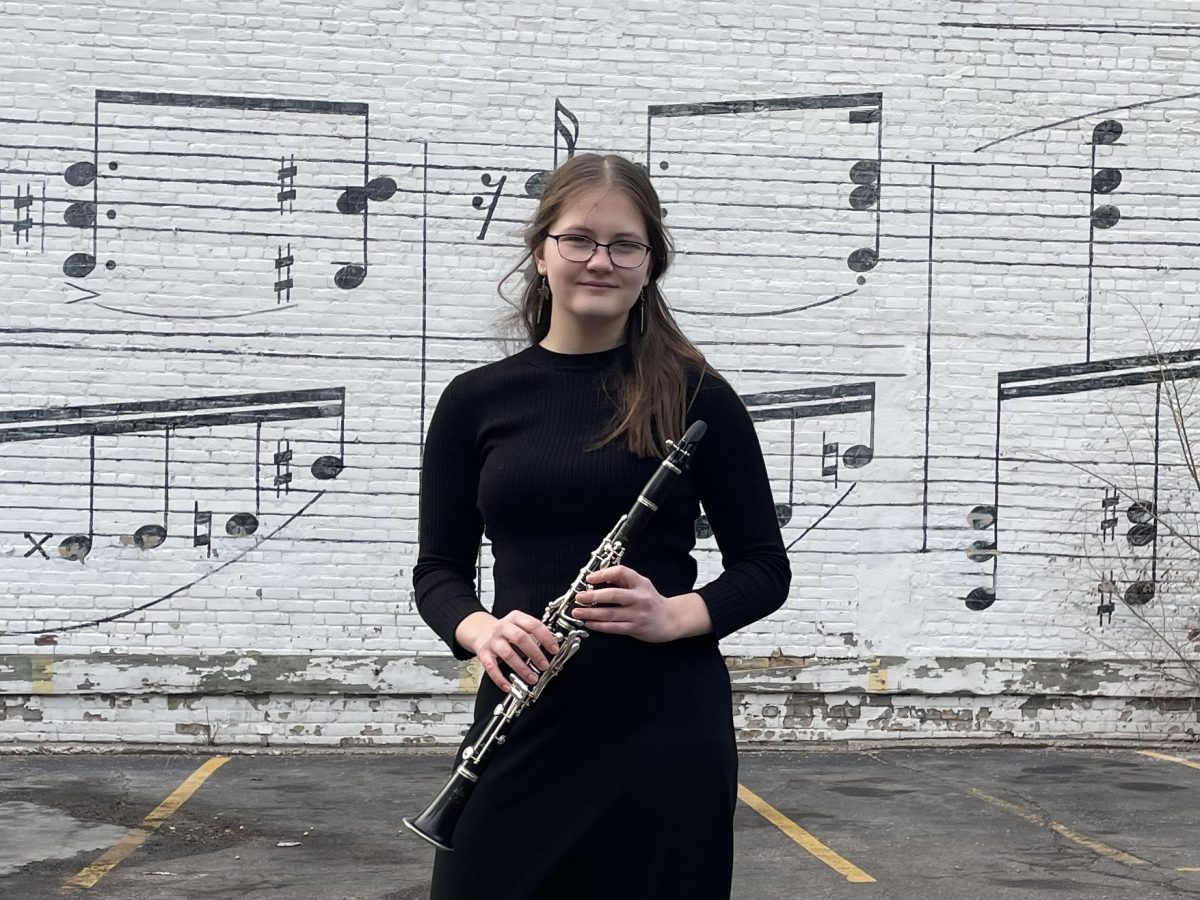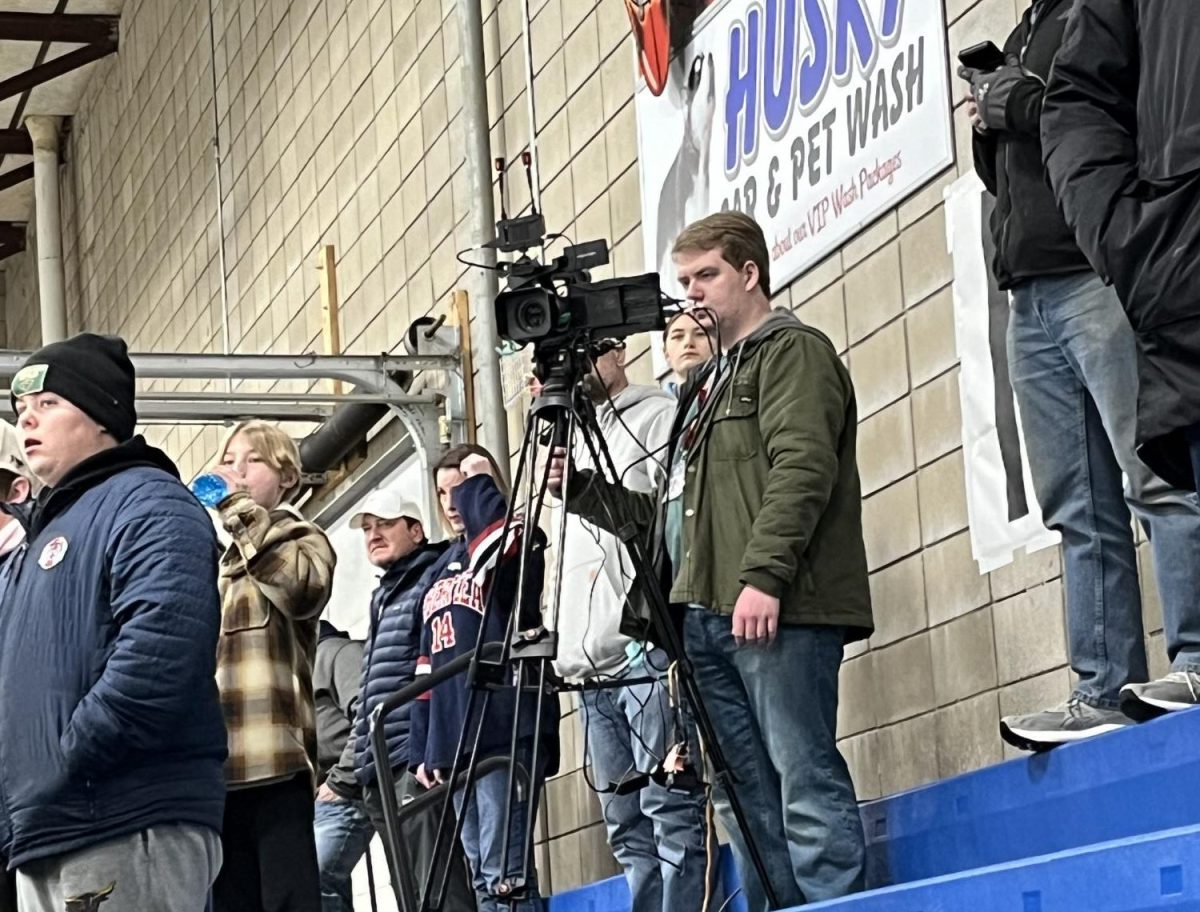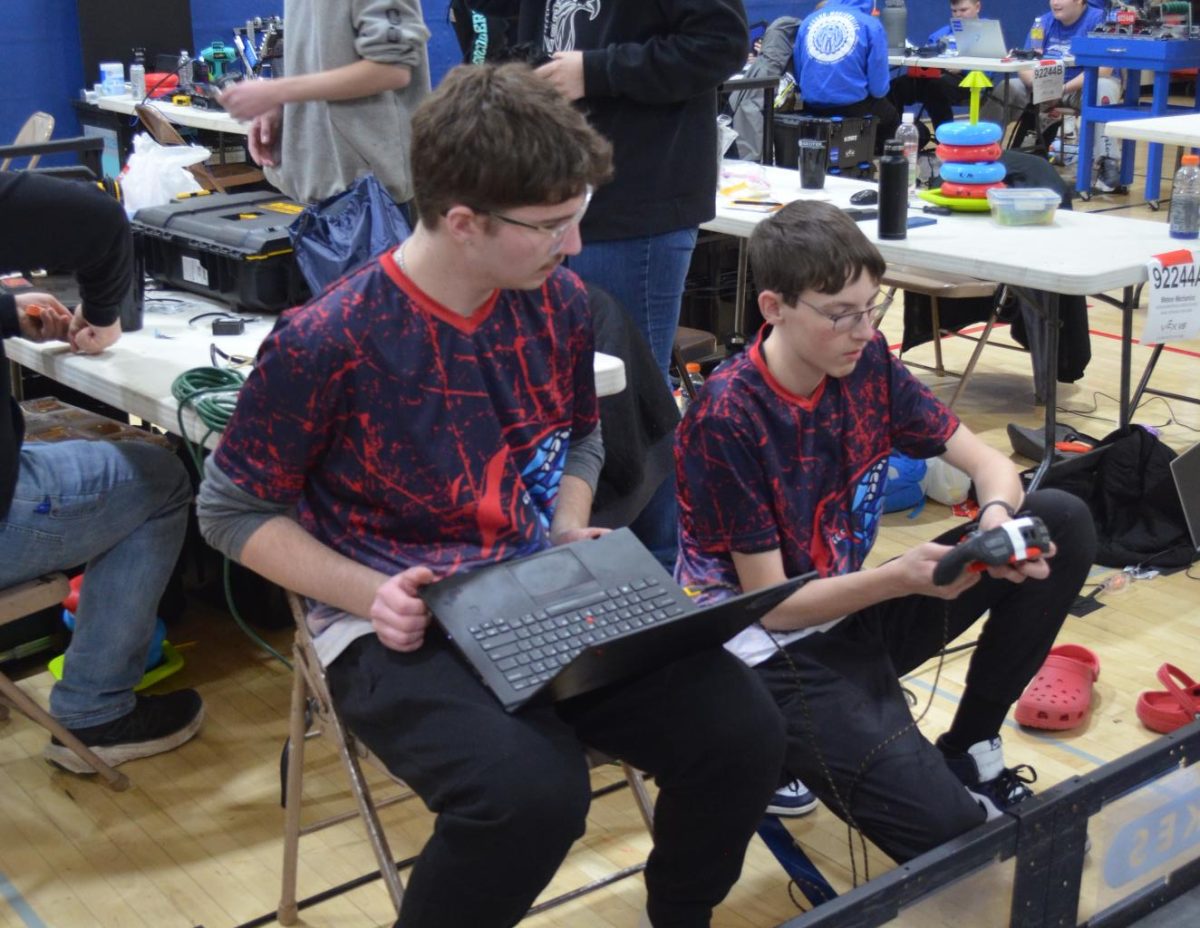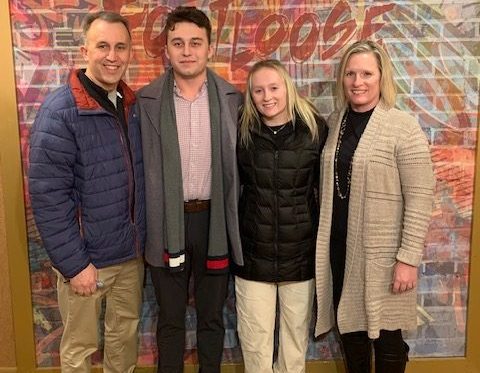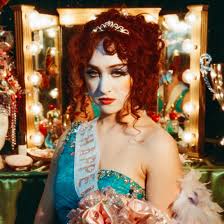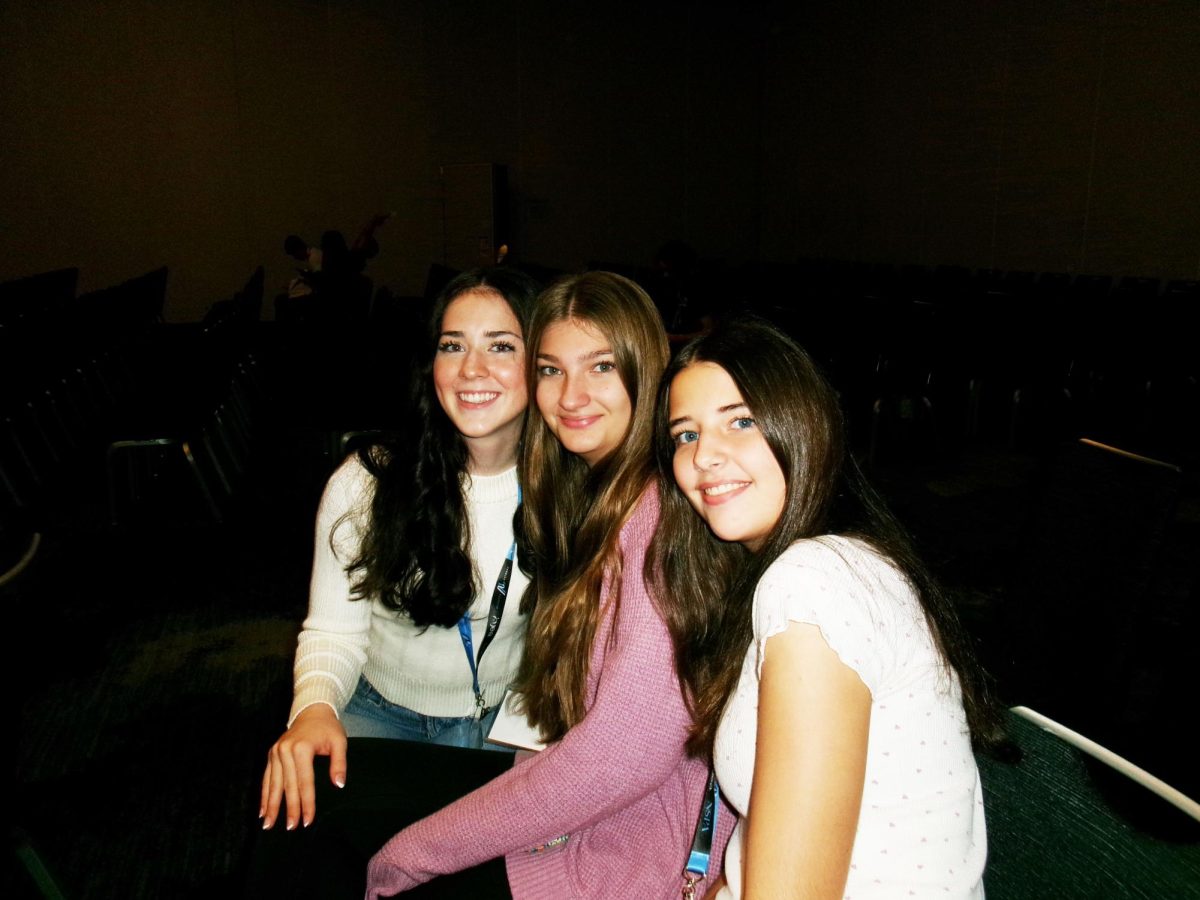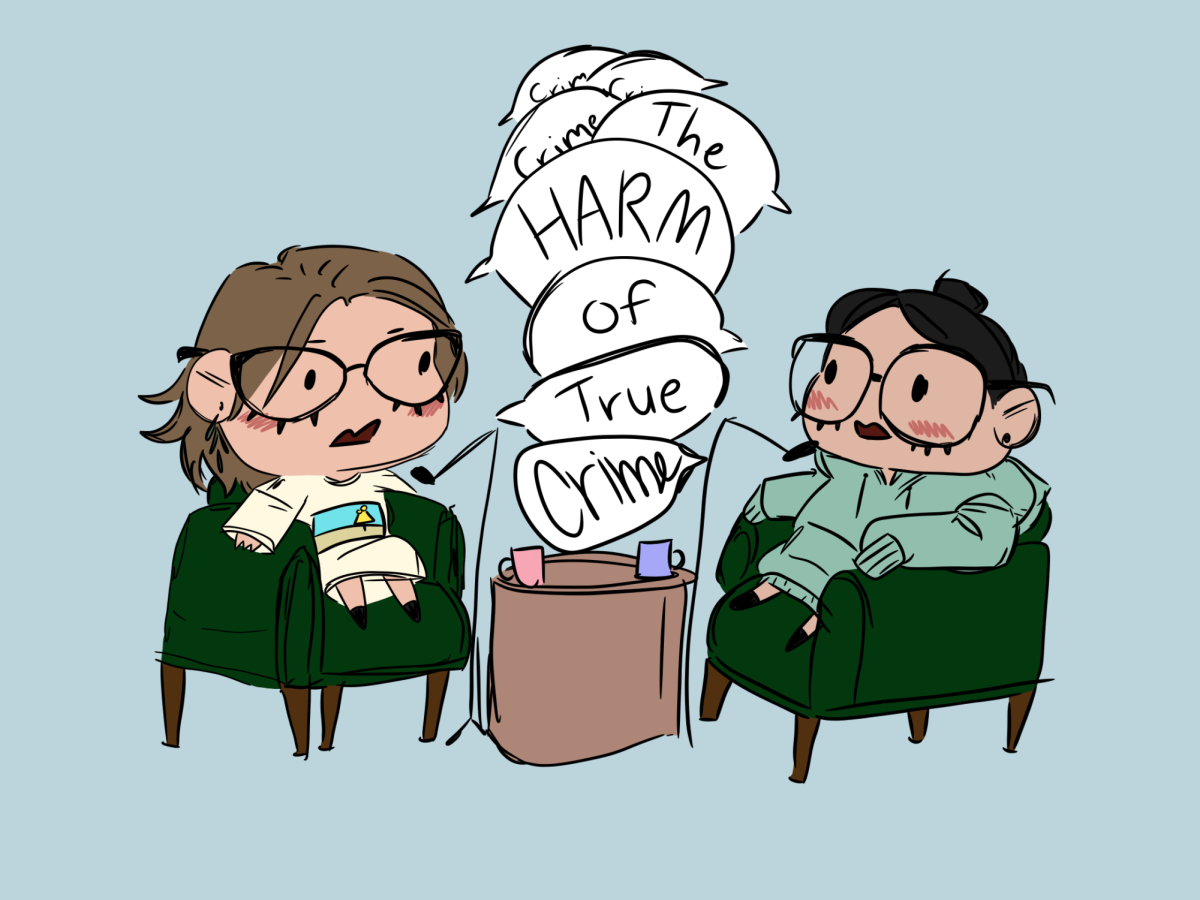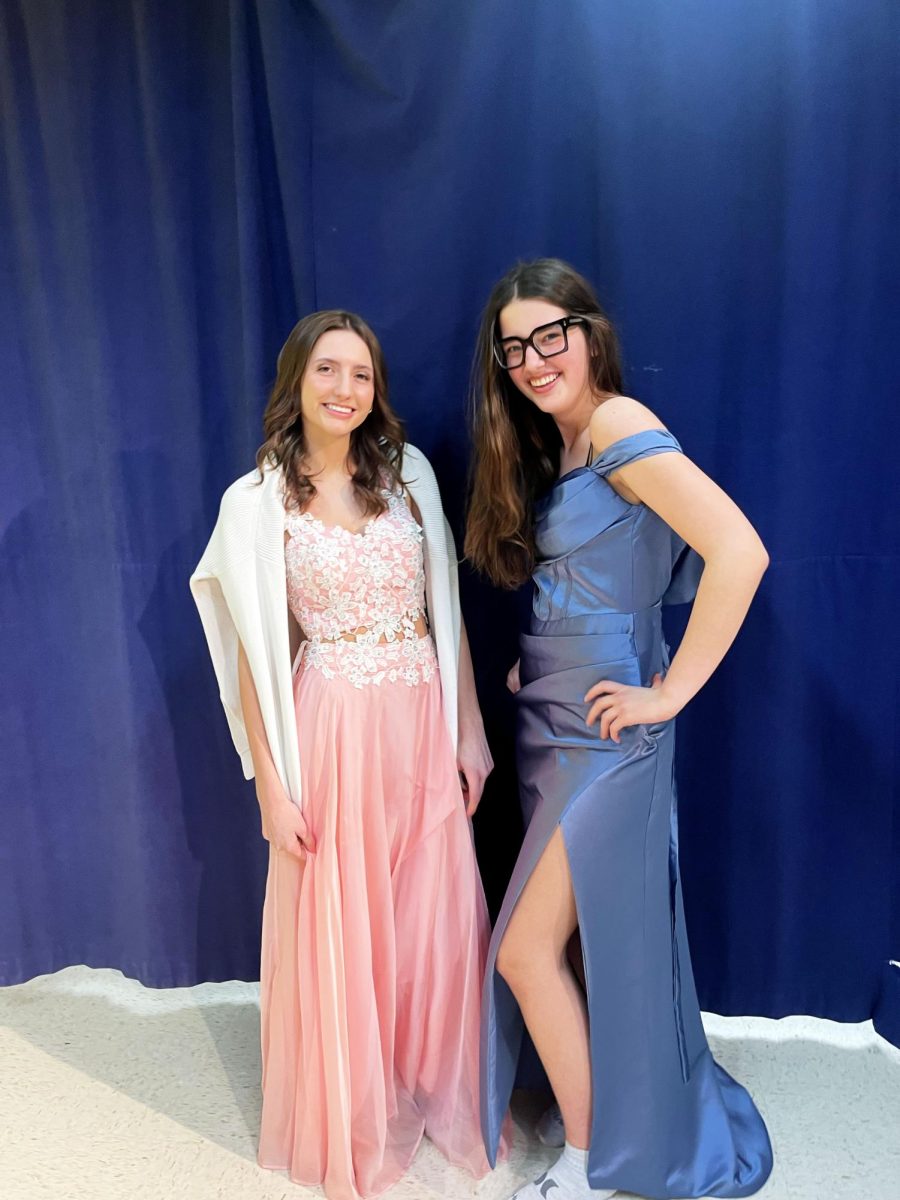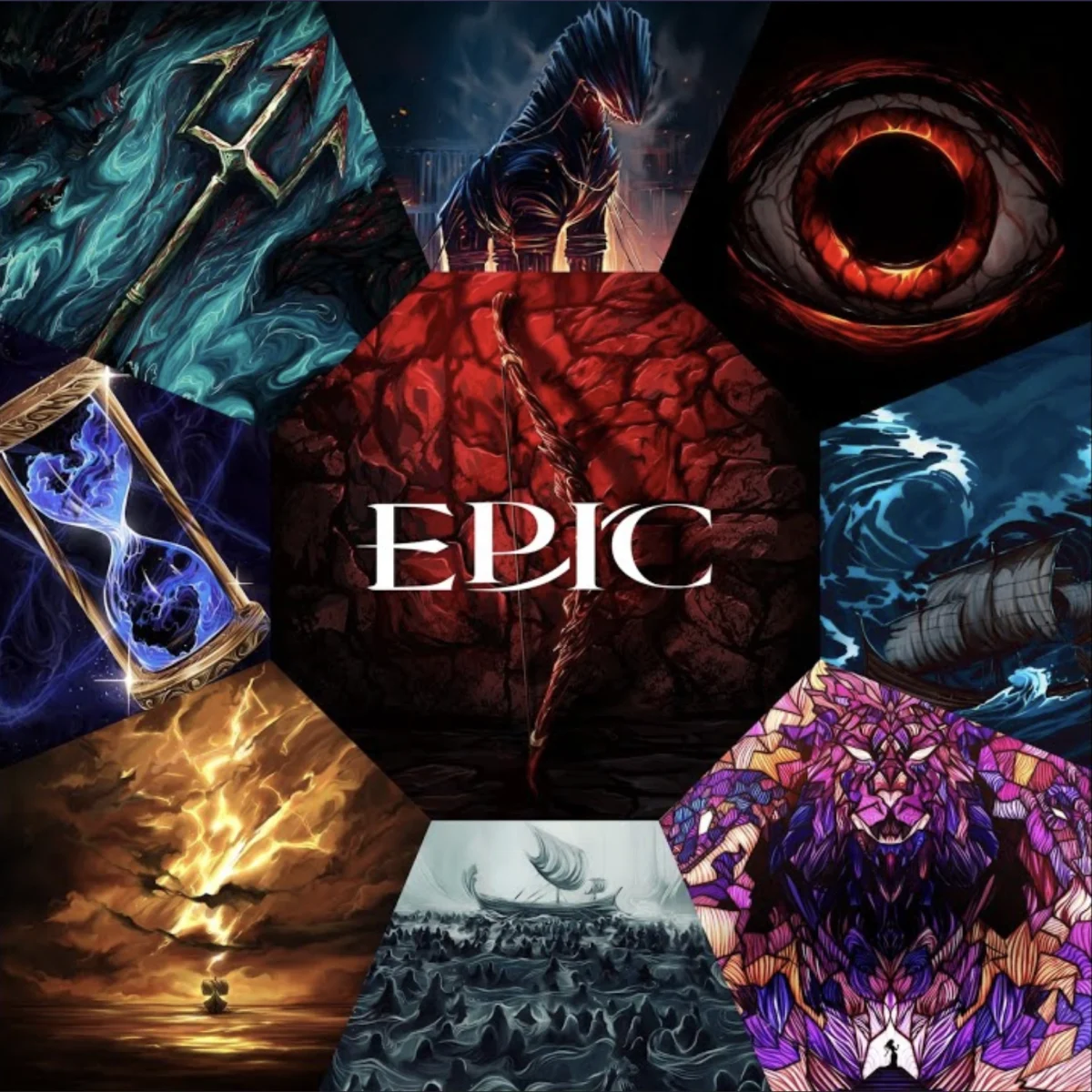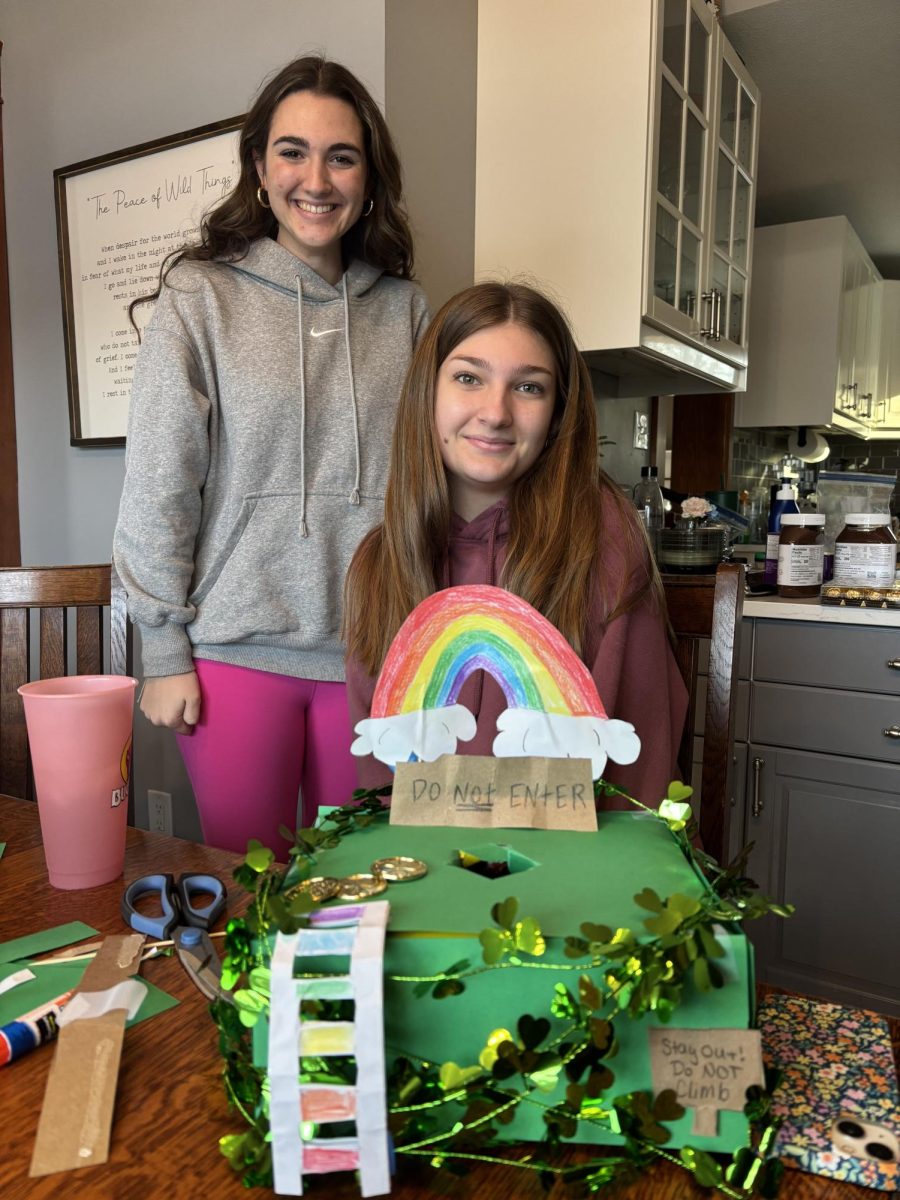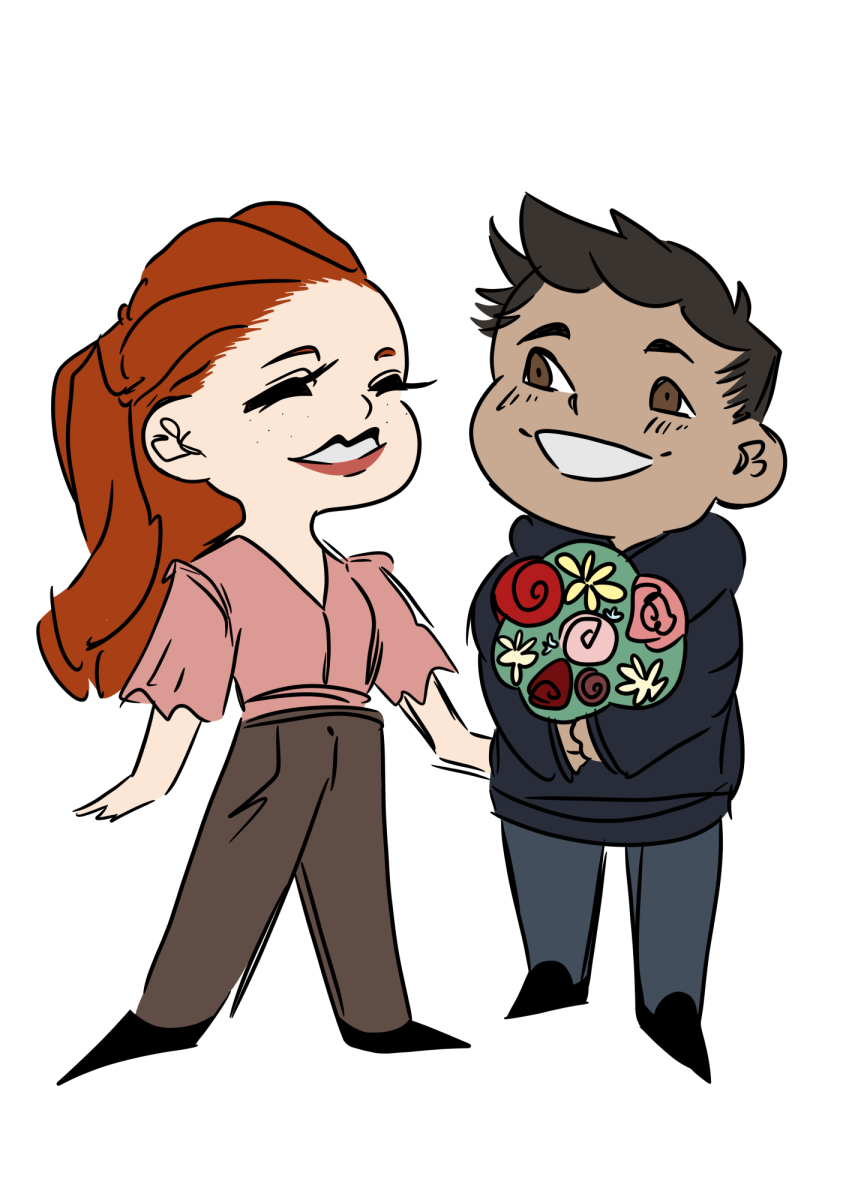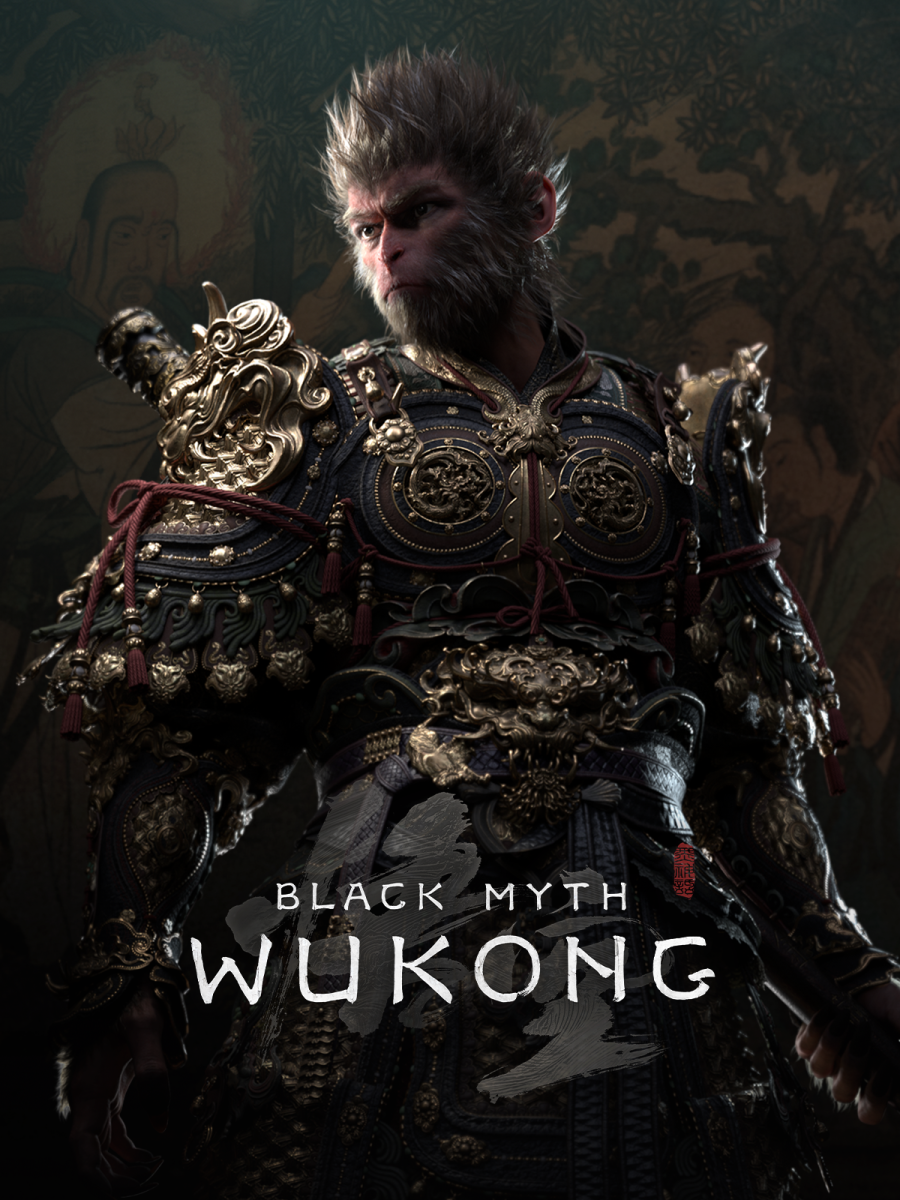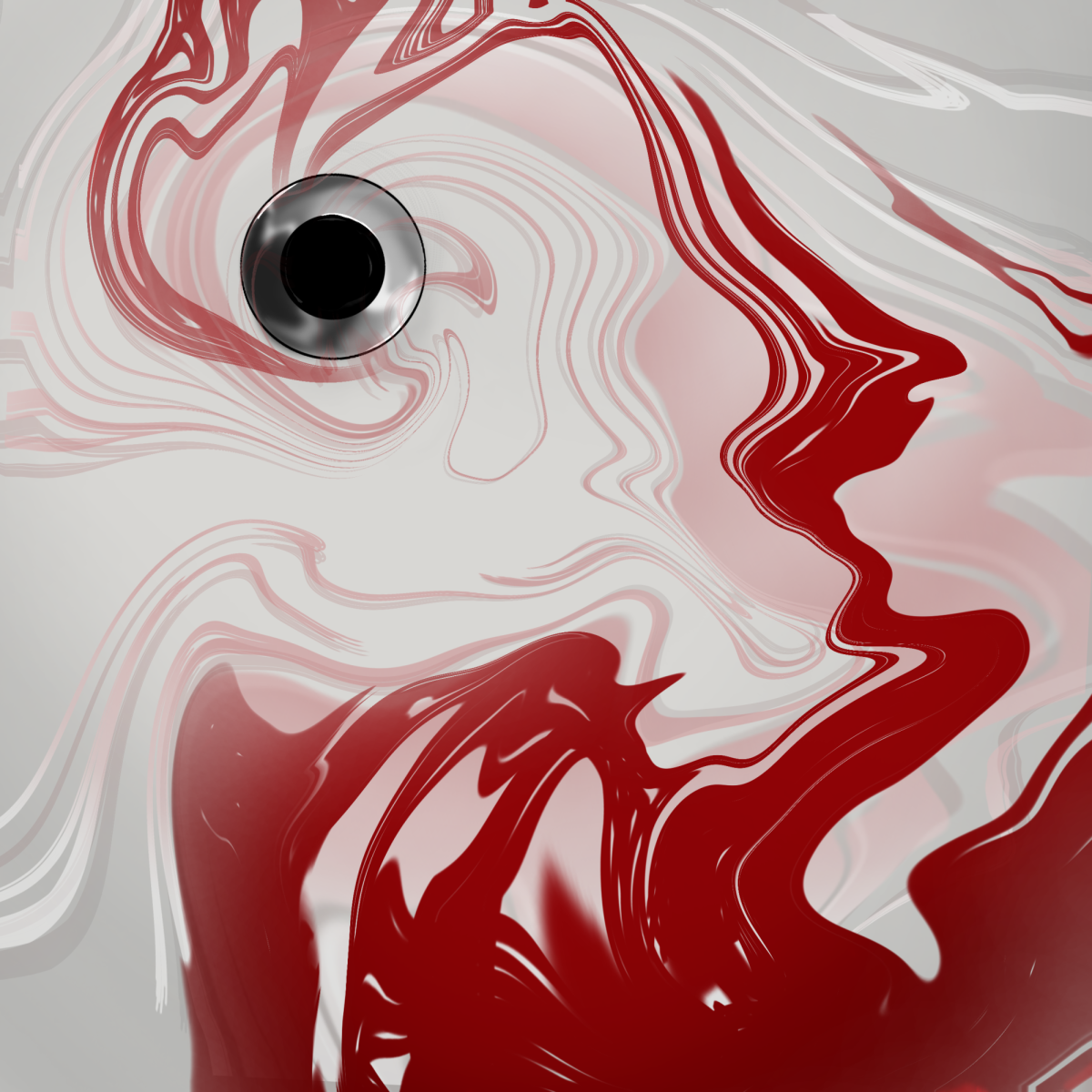Gore, bloodstains and slaughter are the hallmarks of slasher films. The slasher films draw from the depths of our inner minds, the rotting curves and corners of humanity with the gleaming knives of horror and comedy. Slashers are killers, usually and typically using a knife or a similar weapon to cut and slash violently.
Slasher films feature a blank or mutilated face staring at you, stalking you, hunting you as if you’re nothing but livestock. They show the artistic exploration of violence and expose our cultural anxieties.
The first slasher that shaped the genre comes from the bloodstains of “Psycho” (1960) directed by Alfred Hitchcock which showed the first onscreen kill. “Halloween” (1978) directed by John Carpenter, gave the first final girl in Laurie Strode. And, one of my favorites, “Friday the 13th” directed by Sean S. Cunningham. These films make us afraid of the unknown dangers lurking in what seems to be the safest place in your mind. Where the slashers return to haunt what you considered safe.
The slasher franchise did not originate in America: it had begun in the 1960s and 70s in Italy with Giallo horror which is a blend of styles, mixing murder mysteries, thrillers and psychological horror. The Giallo films showcase stylish visuals, suspenseful soundtracks and shocking violence.
The slasher genre hit the height of popularity in the 1980s but was considered dead by the 90s. Wes Craven’s “Scream” (1996) revitalized the genre by poking fun at old tropes and exploiting the genre for everything it once was. Modern slashers are often psychological or foreign films.
Slasher films evoke something in us. It is the thrill of the suspense, the satisfaction and the cathartic release. There is tension in stalking and murder. Watching violent movies such as these feels like we are releasing aggression. They trigger fight or flight responses, releasing dopamine and endorphins which makes the movie enjoyable.
The genre offers a “safe place” to feel fear. Slasher films are predictable because of the tropes. It allows you to feel fear in a controlled environment, without real-world consequences.




![At the pepfest on Feb. 13 the Winterfest Royalty nominees were introduced. There were two girls and two boys candidates from each grade. Royalty included Prince Axel Calderon (11), Jacob Miller (12), Princess Maya Fuller (11), Brecken Wacholz (10), Ethan Brownlee (9), Lord Given Saw (9), Lilly Elmer (9), Angela Buansombat (10), Queen Jenna Balfe (12), Hanna Austinson (11), Raegan Broskoff (8), Duchess Evalyn Holcomb (10), Jordyn Earl (8), and Lady Leighton Brenegan (9). Not pictured include: King Kaiden Baldwin-Rutherford (12), Piper Aanes (12), Blair Blake (11), Duke Kuol Duol (10), Thoo Kah (8) and Aidric Calderon (8). Student council member and Junior Prince Axel Calderon said, “It [the nomination] means that I’m kind of a student leader. I hopefully show younger kids what it means to be a part of the student council and lead the school.”](https://www.ahlahasa.com/wp-content/uploads/2025/03/front-page-1200x800.jpeg)

